Accountants Disengagement Letter Template Guide
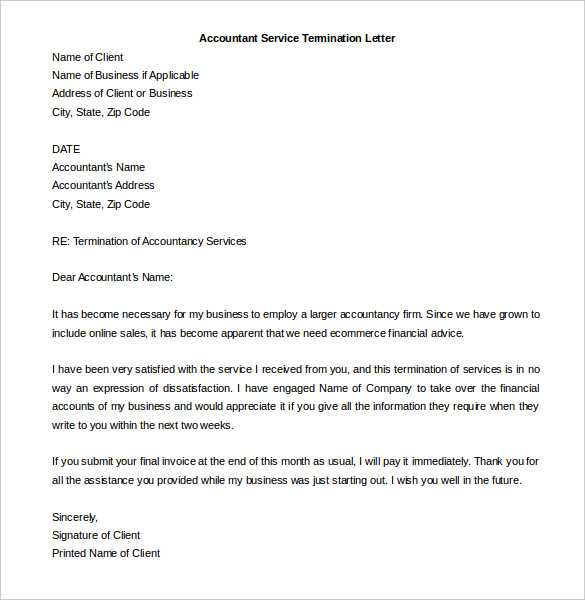
When terminating a working relationship with a client, clear and professional communication is crucial. This process ensures that both parties understand the terms of the separation and any outstanding obligations. Without proper documentation, misunderstandings may arise, leading to potential disputes or confusion in the future.
Creating a formal document that outlines the end of your collaboration is essential for both legal protection and maintaining a professional reputation. It helps to set boundaries, clarify responsibilities, and avoid unnecessary conflicts. This type of correspondence can be tailored to suit the nature of the work and the specifics of the partnership, ensuring a smooth transition for all involved.
Why You Need a Disengagement Letter
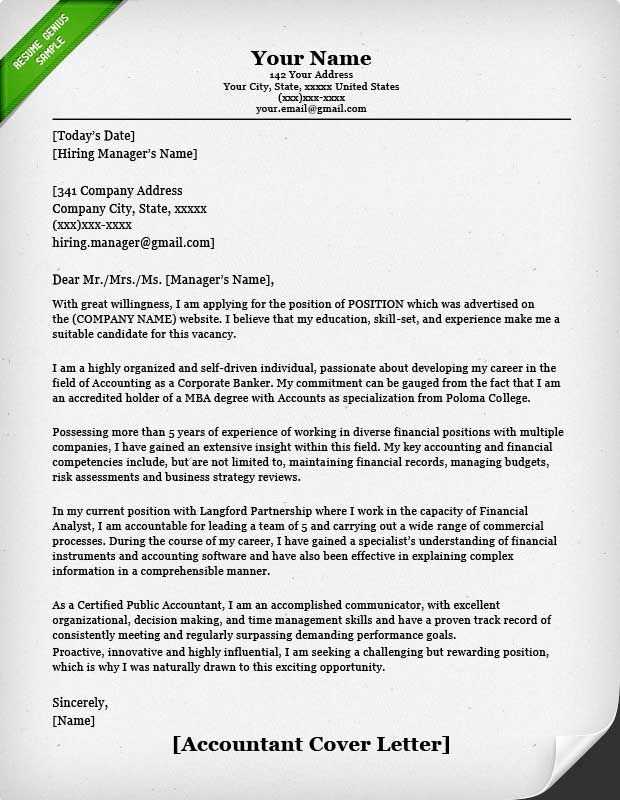
When ending a professional relationship, it’s important to have a formal document in place that clearly outlines the terms of separation. This serves as a vital communication tool that ensures both parties are on the same page regarding their respective responsibilities, expectations, and any ongoing commitments. Having this clarity in writing minimizes the risk of misunderstandings and potential conflicts down the line.
Additionally, a properly drafted document provides legal protection. It acts as a reference point in case disputes arise, offering evidence of the mutual understanding and agreement at the time of termination. Without such a document, you may be left vulnerable to legal challenges or confusion about past duties and obligations.
Key Elements of an Effective Letter
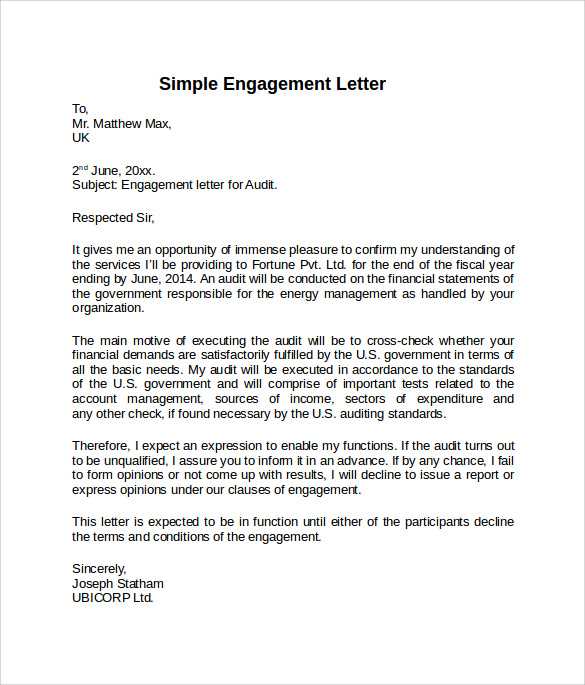
An effective communication document should be clear, concise, and professional, ensuring both parties understand the terms of separation. It should include all necessary details to prevent misunderstandings or ambiguities. By focusing on key components, the correspondence becomes not only informative but also legally sound, helping to establish a solid conclusion to the professional relationship.
Clear Statement of Termination
One of the most important elements is a direct and unambiguous statement of the end of the working relationship. This ensures there is no confusion about the conclusion of services and avoids any potential future claims of ongoing work. The termination should be stated clearly with the effective date to avoid any uncertainty.
Responsibilities and Final Steps
Another essential component is outlining any final obligations or actions required by either party. Whether it’s returning materials, transferring documents, or providing a final report, specifying these tasks ensures that the transition is smooth and all loose ends are tied up properly. Detailing any steps needed to close the working relationship prevents future issues from arising.
How to Write a Professional Disengagement Notice
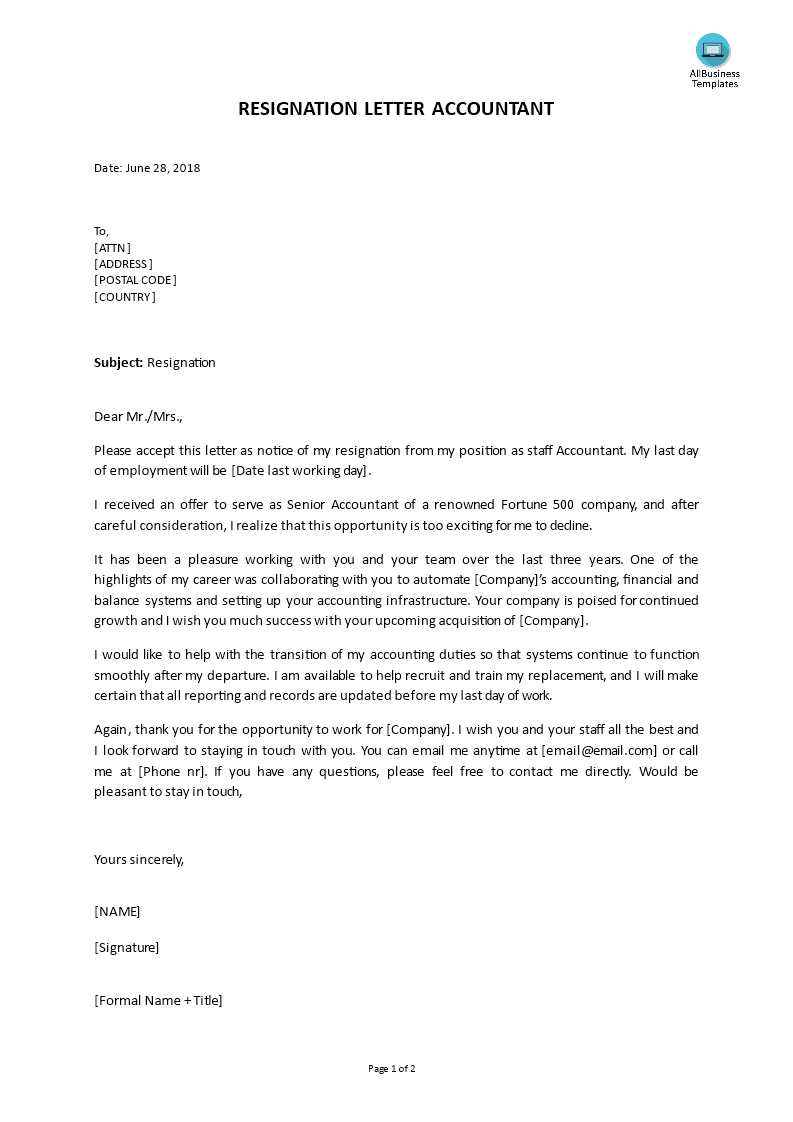
Creating a formal notice to end a professional relationship requires a balanced approach: clear, polite, and precise. This document should convey the decision to conclude services while maintaining a professional tone and avoiding any potential tension. A well-crafted notice ensures a smooth transition and helps protect both parties legally and professionally.
Step-by-Step Process
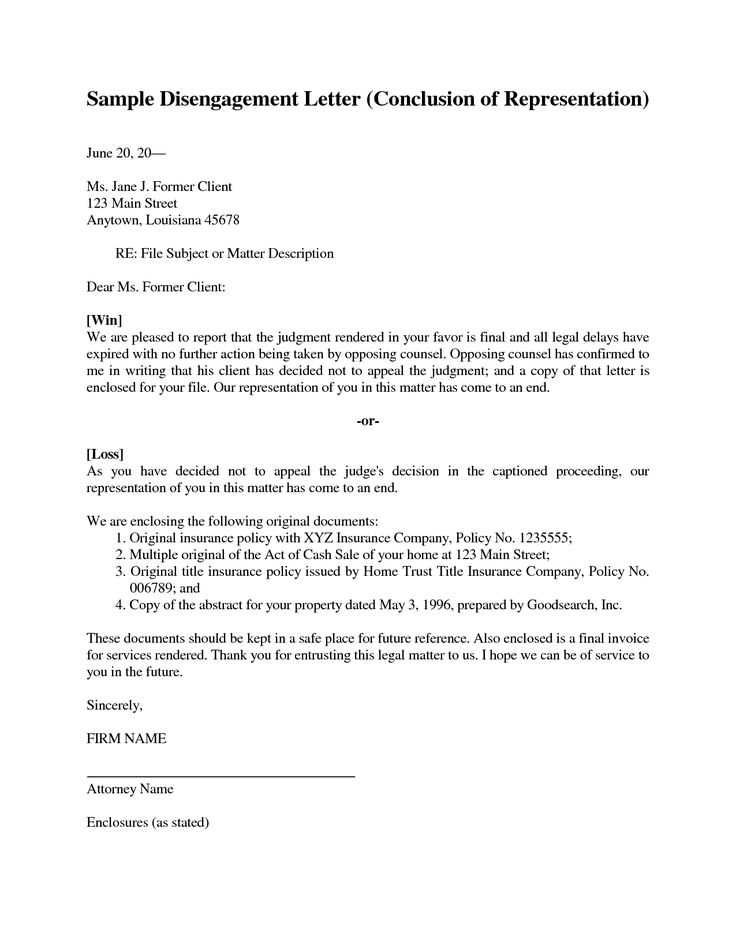
Follow these key steps to write an effective and respectful communication document:
- Begin with a clear statement – Start by stating the decision to conclude the professional arrangement, specifying the effective date of the termination.
- Express gratitude – Acknowledge the work completed together and thank the client for their cooperation or trust.
- Detail any final obligations – Include any responsibilities that remain before the separation, such as returning documents, providing a final report, or resolving outstanding payments.
- Offer support for transition – If appropriate, offer assistance in transitioning to another professional or organization, ensuring that the client’s needs are met during the handover period.
- Close with professionalism – End the notice on a positive note, wishing the client future success and reinforcing your commitment to professionalism.
Important Considerations
When writing the notice, keep these points in mind:
- Be concise but thorough – Avoid unnecessary details while ensuring all essential information is included.
- Use neutral and courteous language – Stay professional, even if the relationship has been challenging.
- Check for legal implications – Make sure the document aligns with any contracts or agreements in place.
Legal Considerations for Accountants
When ending a professional relationship, it is essential to consider the legal implications of such a decision. Properly addressing these aspects ensures that both parties are protected from potential disputes or future claims. Legal safeguards, such as clear communication and adherence to contractual terms, help avoid complications that could arise after the working relationship concludes.
Contractual Obligations and Compliance
Before finalizing any termination, it’s important to review the contract or agreement that governs the professional relationship. This will ensure that all terms related to termination, payment, and the return of materials are met. Non-compliance with these terms can result in legal consequences or damage to your professional reputation.
Confidentiality and Data Protection
In many professional relationships, sensitive information and data are shared. Therefore, it’s crucial to address confidentiality and data protection obligations in the formal communication. Ensuring that any non-disclosure agreements or privacy terms are respected post-termination is necessary to avoid legal risks.
| Key Consideration | Legal Implication | Action Required |
|---|---|---|
| Contract Review | Non-compliance can result in breach of contract claims. | Ensure termination terms are met, including payment and document return. |
| Confidentiality | Violation of privacy agreements may lead to lawsuits. | Reaffirm confidentiality terms and ensure data protection continues post-termination. |
| Final Deliverables | Failure to complete deliverables can result in compensation claims. | Outline all final tasks and responsibilities clearly in the communication. |
Common Mistakes to Avoid in Your Letter
When composing a formal notice to end a professional relationship, it’s crucial to avoid common errors that can lead to confusion, misunderstandings, or legal issues. A well-crafted document should maintain clarity, professionalism, and respect, ensuring that both parties are fully aware of their rights and responsibilities. Avoiding these pitfalls helps ensure a smooth transition and minimizes the risk of future complications.
Vague or Ambiguous Language
One of the most frequent mistakes is using vague or unclear language. Ambiguities in the communication can cause confusion and lead to differing interpretations of the terms of termination. Be specific about the end date, any final deliverables, and the responsibilities of each party. Clearly state what is expected and what will happen next to avoid misunderstandings.
Failure to Address Legal and Financial Matters
Another common mistake is overlooking critical legal and financial details. It’s essential to address any outstanding payments, contracts, or obligations that need to be resolved before the relationship ends. Failing to mention these details can result in unresolved issues or legal disputes later on. Ensure that all financial terms, such as final invoices, refunds, or payments for services rendered, are clearly outlined.
Tips for Maintaining Client Relationships
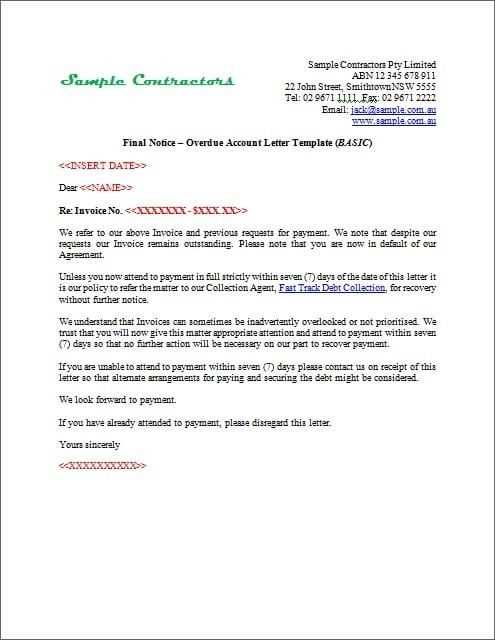
Even after concluding a professional engagement, it’s important to maintain positive relationships with clients. A professional and respectful separation can pave the way for future opportunities, referrals, or collaborations. By focusing on communication and thoughtful actions, you can ensure that the relationship ends on good terms, leaving the door open for future interactions.
To preserve a strong rapport, it’s crucial to be transparent throughout the process. Ensure the client feels heard and valued, and acknowledge their trust and partnership. Offering support during the transition or suggesting alternatives for their needs shows that you care about their continued success, even if you are no longer working together.
Finally, stay open to future engagements. Even if the current professional relationship comes to an end, leaving a lasting impression of reliability and respect can lead to long-term mutual benefits.